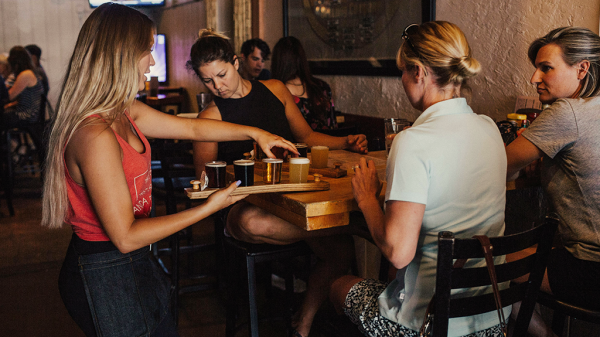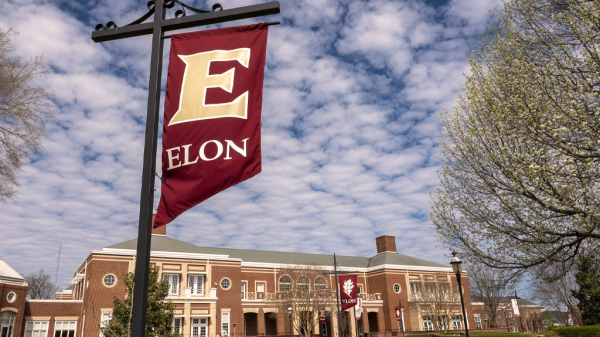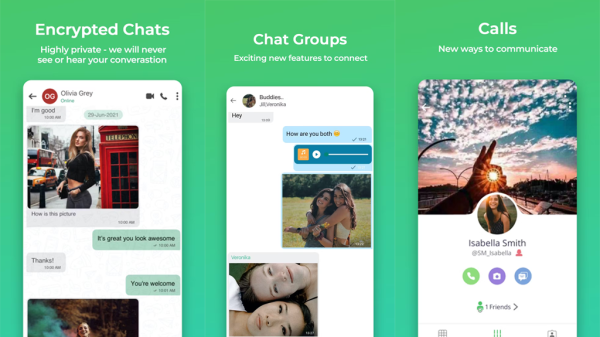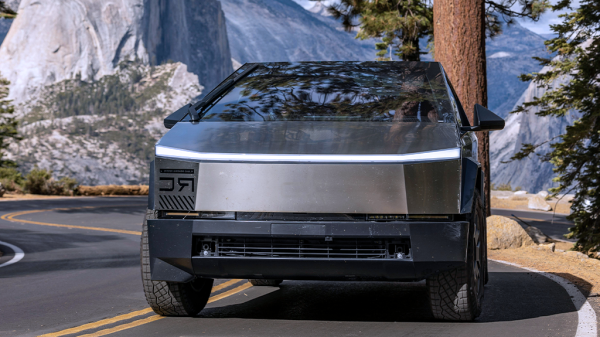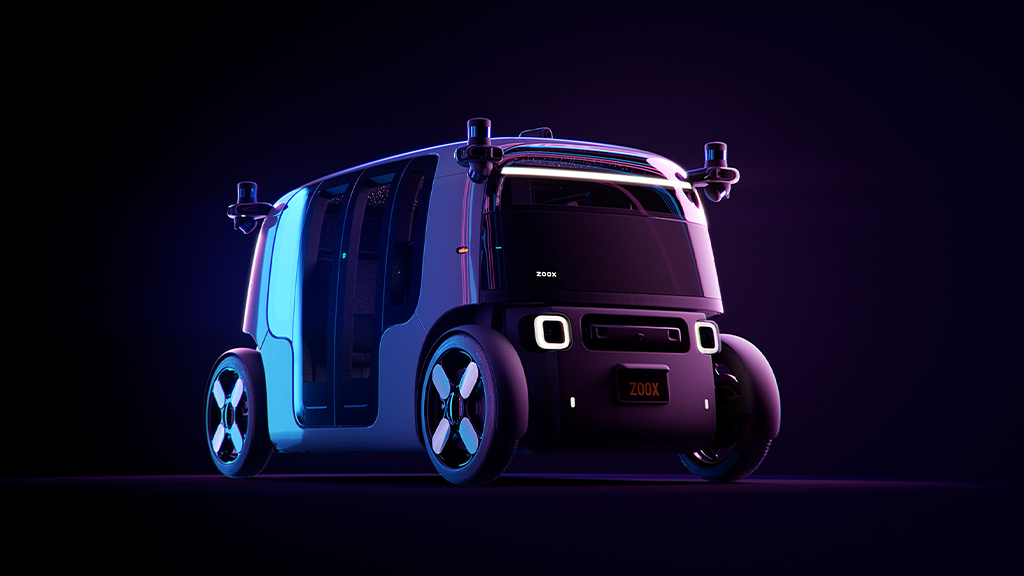Driverless cars are the latest development coming from rideshare platforms. Lyft, Uber, and Cruise are just a few of the companies who have been testing the concept of leaving the driving to robots. Now, to no one’s surprise, Amazon is dipping its toe into the rideshare pool by launching robotaxis of their own.
Zoox, Amazon’s driverless rideshare division, has begun offering test rides to employees on public roads in California. Unlike other robotaxis we’ve seen, Zoox doesn’t look like a traditional street car. Instead, the automobile looks a bit like a cross futuristic tram you might find at an amusement park. Passengers enter through a sliding glass door and take a seat on one of two benches that face each other. There is no steering wheel or pedals and the car has four-wheel steering which allows them to move in any direction.
For those (understandably) alarmed by the latest way to travel, Zoox is only testing on a small scale, for now. The vehicles are only traveling on a 1-mile public road between two office buildings at the company’s Foster City, California headquarters. The cars top out at 35mph, reducing the risk of injury if a collusion were to occur. The cars already meet the Federal Motor Vehicle Safety Standards, so the company does not have to apply for a waiver to operate them on public roads.
Even so, there’s plenty reason for folks to raise an eyebrow. California requires a report each time the system disengages or when a human driver has to take over. Zoox does not refer to incidents like this as disengagements. Instead, it refers to these incidents as moments where the vehicle needed support, thus providing a loophole that keeps them from reporting to the state. One can only wonder how safe the vehicles really are if there’s no registry being kept when they go offline. Others may cite safety concerns after reports came from driverless rideshare vehicles operated by Cruise driving between lanes and stopping suddenly. At least in Zoox’s case, any error within the system won’t be happening on a busy public road anytime soon.
Jennifer is a native Houstonian (go Astros!) with a knack for creating digital works of art. She has expansive experience creating content and branded collateral for Fortune 500 companies, as well as small local businesses. When she’s not buried in her laptop, Jennifer is the marketing director for a world championship circuit barbecue cook off team and pet mom to dog (Milo) and Guinea pig (Piggy Smalls).





